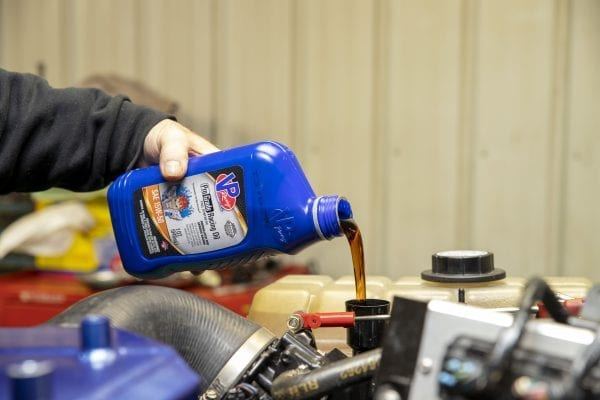
The article originally appeared in the January 2024 issue of THE SHOP magazine.
As the lifeblood of engines, performance oils and fluids are a vital category for speed shops looking to protect builds and maximize sales.
Whether choosing them for your own projects or offering them to customers for street and track use, it pays to know all you can about this product flow.
Quality oils and fluids can help find and maintain horsepower while keeping things cool and calm under the hood and throughout the drivetrain. Suppliers have thoughts when it comes to choosing the right blends and selling them to eager drivers.
SPECIAL BLENDS
Is oil just oil? Not these days.
When it comes to the oil market in general, “there have been a lot of changes over the last five years, mainly due to the transition from traditionally high-viscous engine oils to now mainly SAE 0W-x oils,” says Oliver Kuhn, deputy manager of the LIQUI MOLY oil laboratory. “Now we expect to see a plateau for SAE 0W-20 oils for diesel cars and SAE 0W-16 for gasoline cars, and only some OEMs will go lower. For the U.S. market, engine oils with API SP/ILSAC GF-6A or -6B are widely available, also down to the very low SAE grades.”
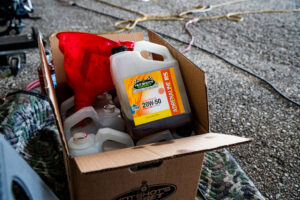
Rusty Waples, director of brand and product marketing for Royal Purple Synthetic Lubricants, notes that due to API/ILSAC and OEM licenses, oil companies have been limited on how much anti-wear additives such as ZDDP can be put in certified passenger car motor oils.
“Wear protection is a top priority for racing and performance engine owners, so they are seeking other options, especially in lower-viscosity oils,” Waples says. “We offer racing-focused lubricant solutions that aren’t limited by regulations and warranty requirements for enthusiasts that are looking for that extra level of protection.”
Of course, speed shops are dealing with even more specialized power plants, meaning they have even more specialized needs.
“One of the bigger changes in the market over the last few years is the need for specific lubricants for specific applications,” says Mark Beatty, director of brand and marketing for Red Line Synthetic Oil. “When you look at the performance gains over the last decade, it takes your breath away. The dyno numbers, the speed of the cars, the ETs in racing—it’s an incredible time to be involved. As a lubricants manufacturer, our engineers and chemists need to be working ahead of the curve to be ready for what’s next.”
Shops must be knowledgeable regarding their selections, say Duane LaFleur, national account manager – high performance for Lucas Oil Products.
“Back in the day, the most common racing oil was the good old 20W-50 conventional-style oil. But over the years, that has changed. Now there are synthetic blends and full synthetics,” he says. “Today, we have zero-weight racing oils that will withstand extreme racing conditions. There is performance and horsepower in some of the lighter-weight racing oils in today’s performance world.”
Science is responsible for many of these changes, notes Josh Steinmetz, brand manager for Hot Shot’s Secret/Lubrication Specialties Inc.
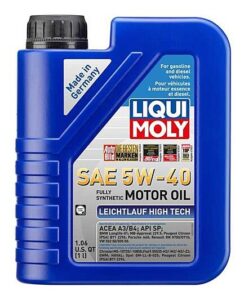
“Advancements in technology have led to the development of more sophisticated and high-performance oils and fluids,” he says. “These products are designed to enhance the efficiency, performance and longevity of vehicles, leading to increased demand for premium performance fluids.”
And the demand comes thanks to powerful, high-tech engines, says Richard Glady, director of sales, lubricants division for VP Racing.
“Tighter clearances in engines demand lower-viscosity oils that require top-notch base stocks and additive systems for protection,” he explains. “In addition, racing oils need to provide excellent anti-wear protection for some sub-par components in the market.”
Also affecting the market?
“Higher pricing due to shortages over the past several years,” he adds.
SLICK IDEAS
Selling effectively to the Performance Oils and Fluids market includes sidestepping possible wrong moves. One is not truly understanding these products.
“Some shops don’t take advantage of educating their front counter staff concerning performance oils and fluids,” Glady says. “VP Racing offers personal training for its race fuel, performance oils and consumer product additives.”
Some of that education should center on recent advancements.
“Not all performance oils are what they were years ago,” LaFleur says. “Not all performance and racing oils are made the same. The additives that go into these oils can make all the difference in the quality of a performance oil. That is why understanding the brand and what is in that product can make a big difference when selling a performance oil.”
Beatty agrees that one size doesn’t fit all.
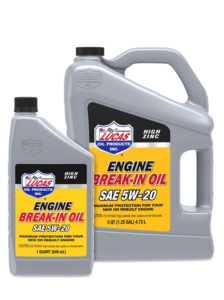
“Shops need to understand and know the difference between one product and the next. In our world, just because a bottle says ‘synthetic’ doesn’t mean it’s a full synthetic. We only use an ester/PAO base stock in our lubricant products, so there is no doubt we are a full synthetic. In racing and high-performance applications, it matters what you sell a customer—their investment is high and they need protection.”
Waples calls it “a mistake thinking all oils brands are the same. Don’t rely on hype—do your homework and research what each brand is putting into their formulations.”
Even for street vehicles, there are choices to be made.
“We still often hear that garages use SAE 10W-40 engine oils for a wide range of cars, even for the most modern ones,” Kuhn notes. “Also, one of the frequently asked questions is about ‘the cheapest SAE 5W-30 for all cars,’ which definitely does not exist. Today, it is crucial to consider the requirements of each type or model to choose the right engine oil—not only to lubricate the engine correctly, but also to protect the complex aftertreatment systems as well as to work perfectly over the entire service interval, which can be up to 18,000 miles in some case.”
Particularly for performance applications, changeout frequency is key , says Steinmetz.
“Many end-users and shops alike often change performance oil and fluids at the wrong intervals. Many have the misconception that ‘my oil will only last X number of times down the track based on behavior of fluids of years past.’”
He recommends doing an oil analysis.
“It’s a great tool to understand the fluid’s health and longevity. Once the proper drain interval is discovered, care can be taken to find other weak points in the race program.”
A FLUID APPROACH
All the talk about education and different blends means shops will want to approach each sale with a plan. It begins with carrying what racers need.
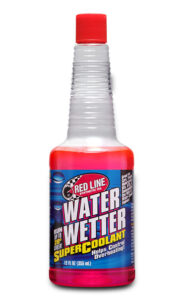
“Have the product available when the consumer walks in to make a purchase,” says LaFleur from Lucas. “Having the product on the shelf is crucial. Most consumers are there to buy and know what they are looking for and if it is not on the shelf when they go to buy it, they will go somewhere else.”
It may take more work than it sounds, says Kuhn from LIQUI MOLY, meaning supplier relationships are vital.
“One of the main challenges today is to be able to supply the market with a wide range of high-quality products in combination with official approvals and licenses, from all the well-known OEM and industry bodies like API, ACEA, JASO and others,” he explains. “To ensure this, a variety of different base oils and additives are necessary, as well as a sophisticated quality control system that monitors all stages of the manufacturing process. The regulations for lubricants are also increasing in many parts of the world regarding labeling, registration, etc., so the challenges are constantly rising.”
Royal Purple’s Waples suggests recommending premium high-quality synthetics that are purpose-built for each customer’s application.
“Today’s warranty-compliant engine oils you find on the shelf at big-box retailers don’t have the premium technology that race engines, performance-tuned street cars and hot rods require to run at optimal performance and longevity,” he says.
It’s also important to not limit your reach when it comes to the markets you serve, says Hot Shot’s Steinmetz.
“Shops can explore various opportunities for business growth. While the market may be competitive, focusing on specific niches and strategies can help your shop stand out and expand your customer base,” he says. “Specializing in specific types of performance oils and fluids or catering to niche markets can set your shop apart. For example, you could specialize in performance fluids for high-performance sports cars, vintage automobiles or tractor pulling. By offering high-quality, proven performance fluids and oils, a shop has the opportunity to upsell, build a valuable new revenue stream and serve as a trusted advisor for repeat business.”
Among those opportunities are smaller engines.
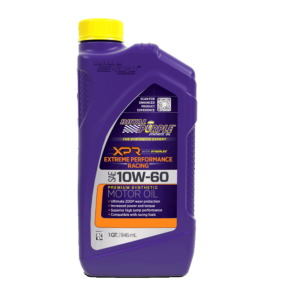
“If the shop doesn’t handle powersports oils, consider expanding into the growing powersports market,” suggests Glady. “VP Racing now offers a line of consolidated 4T powersports oils that can be used in four-stroke street bikes, off-road bikes and UTV/ATV applications. In addition, we offer low-smoke, low-ash 2T engine oils for two cycle engines.”
And don’t forget to see if the customer needs something else.
“We have many customers that package things together and that drives their numbers,” says Red Line’s Beatty. “If you sell a radiator, package it with coolants. Selling brakes? Ask when the last time the fluid was flushed. As mentioned earlier, learn the benefits of the products you carry. We make sure we are always better than the OEM requirement, and that helps customers as well.”



